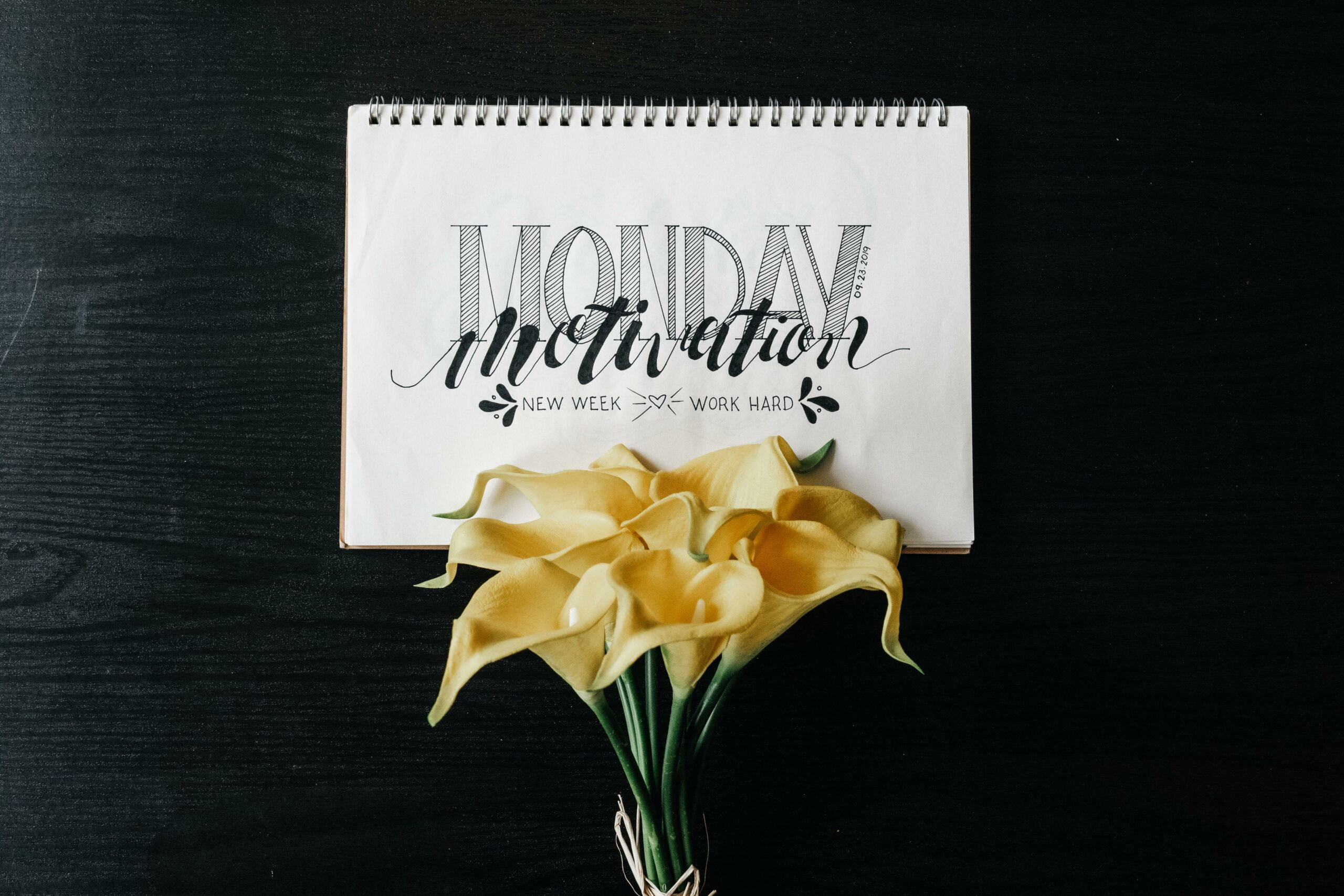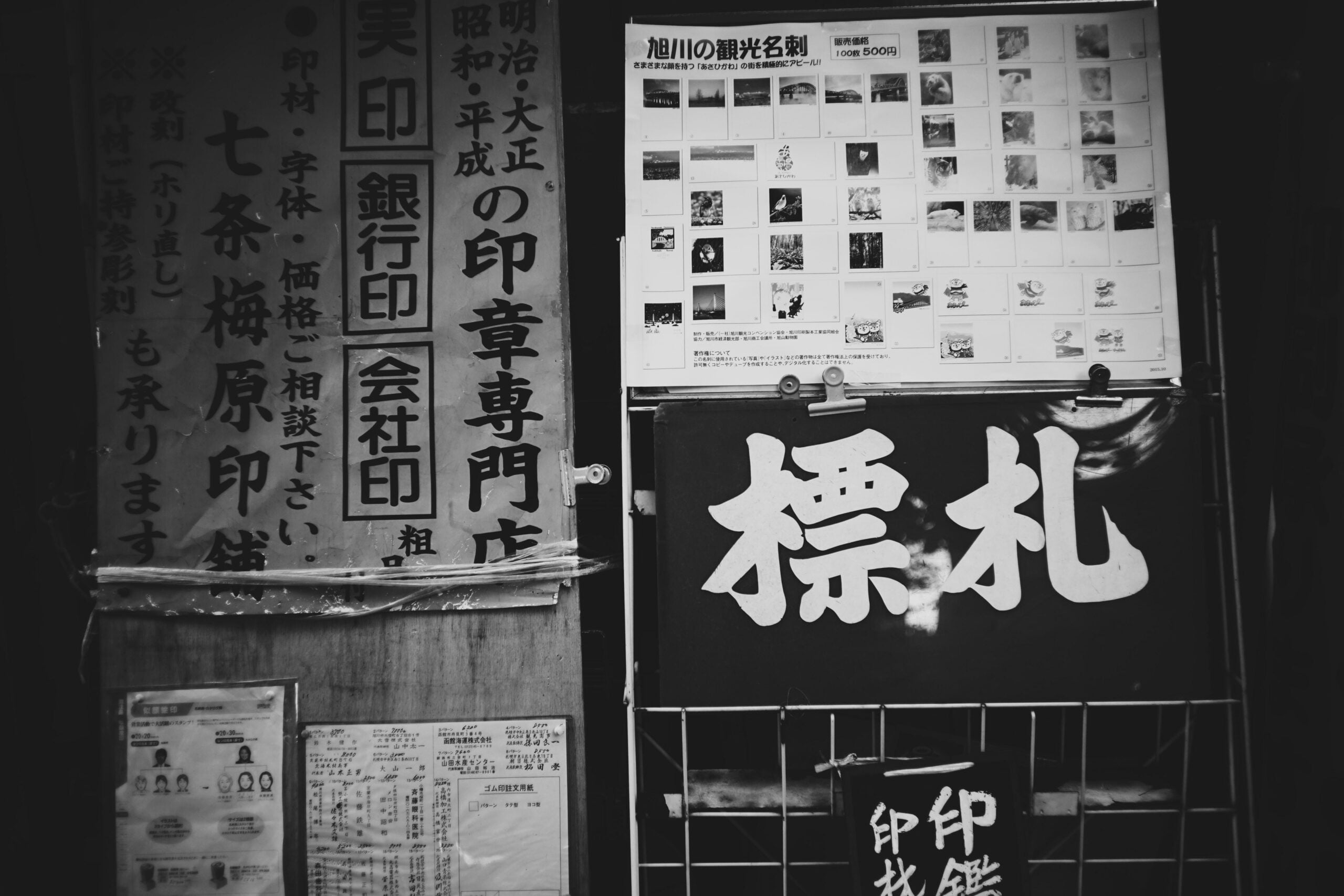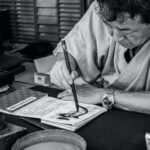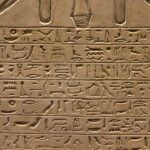Get ready to dive into the fascinating world of Japanese calligraphy! In this article, we’ll brush through history and unveil a treasure trove of fun facts about this ancient art form. From the meticulous techniques to the rich cultural significance, there’s so much to explore. As a seasoned writer and devoted enthusiast of Japanese calligraphy, I’ll be your guide, sharing captivating anecdotes, surprising trivia, and intriguing insights. Whether you’re a curious reader or a fellow lover of this mesmerizing art, prepare to be captivated by the enchanting world of Japanese calligraphy fun facts.

Japanese Calligraphy Fun Facts
As a seasoned writer and avid Japanese calligraphy enthusiast, I’m thrilled to share some captivating and intriguing fun facts about this ancient art form. Let’s embark on a brushstroke-filled journey through the rich history and cultural significance of Japanese calligraphy.
1. Kanji and the Birth of Shodō
Japanese calligraphy, known as shodō, owes its origins to the introduction of kanji characters from China. When Buddhism arrived in Japan, calligraphy quickly spread as Buddhist monks began to copy sutras by hand with exquisite craftsmanship. Emperors like Shotokutaishi and Shoumu actively encouraged people to engage in this practice, giving rise to the revered art form we know today.
“The introduction of kanji characters from China paved the way for the birth of shodō, Japanese calligraphy, as we know it today.”
2. Poetry and Calligraphy
In Japan, calligraphy and poetry share a profound connection. The harmonious blend of calligraphy and poetry can be witnessed in traditional Japanese art forms, especially the evocative haiku. The striking brushwork of calligraphy brings out the depth and beauty of poetic verses, creating a powerful combination that resonates with the hearts of the Japanese people.
3. From China to Japan: The Influence of Tang Dynasty
During the Tang Dynasty in China, Japanese envoys brought back not only cultural artifacts but also an appreciation for calligraphy. They introduced various calligraphic styles, techniques, and strokes to Japan, enriching the art form and inspiring generations of calligraphy enthusiasts.
“Japanese calligraphy owes a debt of gratitude to the Tang Dynasty in China, which left an indelible mark on the development of this beautiful art.”
4. The Karayō Style and its Timeless Charm
The karayō style, which emerged around 600 AD in Japan, is still widely practiced today. Characterized by its bold, angular brushstrokes, karayō invokes a sense of energy and power. Its enduring popularity showcases the timeless nature of calligraphy as an art form.
5. Calligraphy as Spiritual Practice
In Japan, calligraphy goes beyond being just an art form. It is considered a spiritual practice that requires focus, discipline, and a Zen-like state of mind. The deliberate concentration required to create each stroke cultivates a sense of mindfulness and inner peace, making calligraphy a deeply meaningful experience for practitioners.
6. Tools of the Trade
Calligraphy artists in Japan employ a set of tools that are essential for their craft. Brushes made from animal hair, such as horse or wolf, provide the desired fluidity and control. Ink is meticulously ground on an inkstone, where the artist adds water to achieve the perfect consistency. These tools are not mere instruments but extensions of the artist’s creativity and skill.
“The brushes, ink, and inkstone used in Japanese calligraphy serve as extensions of the artist’s creativity, enabling them to bring their visions to life.”
7. The Beautiful Diversity of Styles
Over the centuries, various calligraphy styles have emerged in Japanese culture, each with its own distinct characteristics. From the elegant kaisho style to the dynamic gyosho style, and the flowing sosho style, each has its unique flair, enabling calligraphers to express their individuality. This diversity adds to the allure and depth of Japanese calligraphy.
8. Masters of Calligraphy
Japan boasts a long lineage of calligraphy masters, whose works continue to inspire and captivate audiences. Renowned calligraphers like Wang Xizhi, Kukai, and Sesshu are esteemed figures in the history of Japanese calligraphy. Their artistic virtuosity and contributions have shaped the evolution of this esteemed art form.
“The legacy of calligraphy masters in Japan serves as a testament to the enduring allure and cultural significance of this cherished art.”
9. Skillful Expressiveness
Japanese calligraphy transcends the mere portrayal of characters. It is a deeply expressive art form that allows artists to convey emotions, evoke atmosphere, and capture the essence of a moment. Every brushstroke is infused with the artist’s spirit, making calligraphy a highly evocative and personal medium of expression.
“Japanese calligraphy is both an art form and a language, capturing the essence of emotions and moments in each brushstroke.”
10. Living Tradition and Cultural Heritage
Japanese calligraphy is not merely an art form confined to the past. It continues to thrive as a vibrant and living tradition, cherished by artists, collectors, and enthusiasts all over the world. Its deep-rooted connection to Japanese culture and its expressive richness ensure that it will remain a cultural treasure for generations to come.
“Japanese calligraphy is an enduring embodiment of the country’s rich cultural heritage, captivating the hearts and minds of art lovers worldwide.”
As we conclude our journey through the captivating world of Japanese calligraphy, we hope you’ve discovered a newfound appreciation for this remarkable art form. From its ancient origins to its continued relevance today, calligraphy offers a gateway to understanding Japanese culture, history, and the powerful union of language and art.
So grab a brush, dip it in ink, and let your spirit flow through each stroke as you embark on your own calligraphic adventure.
Did you know that Japanese calligraphy is not just about writing beautiful characters? There are so many fun and fascinating facts that will amaze you! From the intricate brushstrokes to the deep spiritual meaning behind each stroke, exploring the world of Japanese calligraphy is like stepping into a whole new realm of art and culture. If you’re curious to learn more, click here for some captivating fun facts about Japanese calligraphy: fun facts about Japanese calligraphy. Get ready to dive into a world of elegance and creativity with this ancient art form.
FAQ
Q: What is the origin of Japanese calligraphy?
A: Japanese calligraphy, known as “shodō” in Japanese, originated from the introduction of Kanji from China.
Q: How did calligraphy spread in Japan?
A: Calligraphy spread rapidly in Japan after Buddhism was introduced. Emperors such as Shotokutaishi and Shoumu encouraged people to copy sutras by hand.
Q: Is calligraphy closely related to any other art forms in Japan?
A: Yes, calligraphy is a highly respected art in Japan and is closely related to poetry, especially haiku.
Q: What are the tools used in calligraphy?
A: The tools used in calligraphy include brushes, ink, and inkstones.
Q: Why is calligraphy considered a skillful and expressive art form in Japan?
A: Calligraphy is considered a skillful and expressive art form in Japan because it requires mastery of brushwork techniques and the ability to convey meaning through strokes.
“`json
“`
- Unlock 6000+ words beginning with he: A comprehensive analysis - April 20, 2025
- Mastering -al Words: A Complete Guide - April 20, 2025
- Master Scrabble: High-Scoring BAR Words Now - April 20, 2025
















